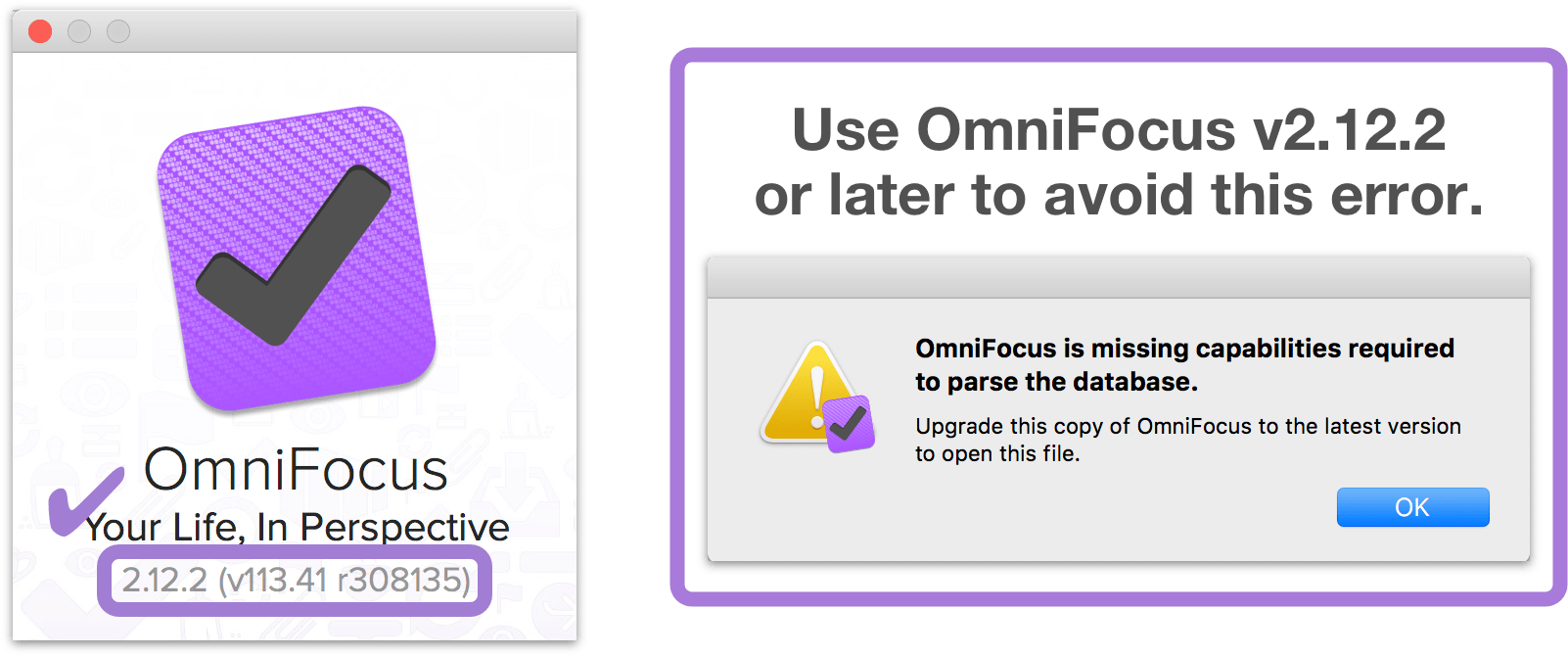
#Omnifocus 3 standard vs pro manual
With contexts in version 2, you could sort tasks by an automatic method, but making manual adjustments was impossible. Second, manual sorting is now possible within tags. First, multiple tags can be assigned to a task, which was not previously possible with contexts. They still do mostly the same thing as before, but with a mere rebranding I’m now much more okay with them.Īs I said, tags are mostly the same, with a few exceptions. Tags, however, are a common organization method in other apps, and using them optionally, as best suits your needs, feels perfectly acceptable in OmniFocus 3. I’m guessing I’m not the only user to feel that way. In OmniFocus 2 I never used contexts the way they were intended, and as such it always felt like I was missing out on the way the app was supposed to be used. OmniFocus 3 replaces contexts with tags, which are mostly identical in function, but even with just a name change, they now feel much more modern and less a fundamental part of how the app works. Gone are the days of contexts – a carry-over from David Allen’s Getting Things Done methodology. In that vein, many of OmniFocus 3’s biggest features focus on enabling the app to morph to your needs. The more flexible a task management system, the more likely it will work for a broad base of users. Outside of a lovely new design, where icons and fonts are bolder and everything feels more fresh, my favorite changes in OmniFocus 3 are this increased flexibility, which encompasses a lot of new and updated features, and its excellent iPad improvements. In more ways than ever before, OmniFocus provides the tools to make the app your own. This improved user friendliness is achieved thanks to a new level of flexibility that can, upon tweaking your ideal setup, obscure the app’s complexity in everyday use. OmniFocus 3, released today for iOS (and later coming to the Mac), adds even more power and options to the app’s existing toolset, yet rather than growing more complex in the process, it’s surprisingly become more approachable. On this complexity spectrum, OmniFocus has historically been the poster child for the weightier end: if you have a lot of complicated projects that need a high degree of structure, there’s no better place to start than OmniFocus however, for lighter needs, I’ve always found its myriad of options too overwhelming to recommend. Some aim to remain simple and user-friendly, while others try to put every tool at your disposal, endearing themselves to power users while scaring off prospective customers who need a bit less. Task management is a tough problem to solve, because every option out there is optimized for specific use cases, resulting in different complexity levels.

Realistically though, you’ve resigned yourself to the fact that the “perfect task manager” doesn’t exist, and likely never will. You may have chosen an app and settled in with it, but some of its design choices don’t quite fit with your way of working, so you’re always keen to try the latest and greatest app that comes along. If you’re anything like me, you probably remain perpetually dissatisfied with your task management setup.


 0 kommentar(er)
0 kommentar(er)
